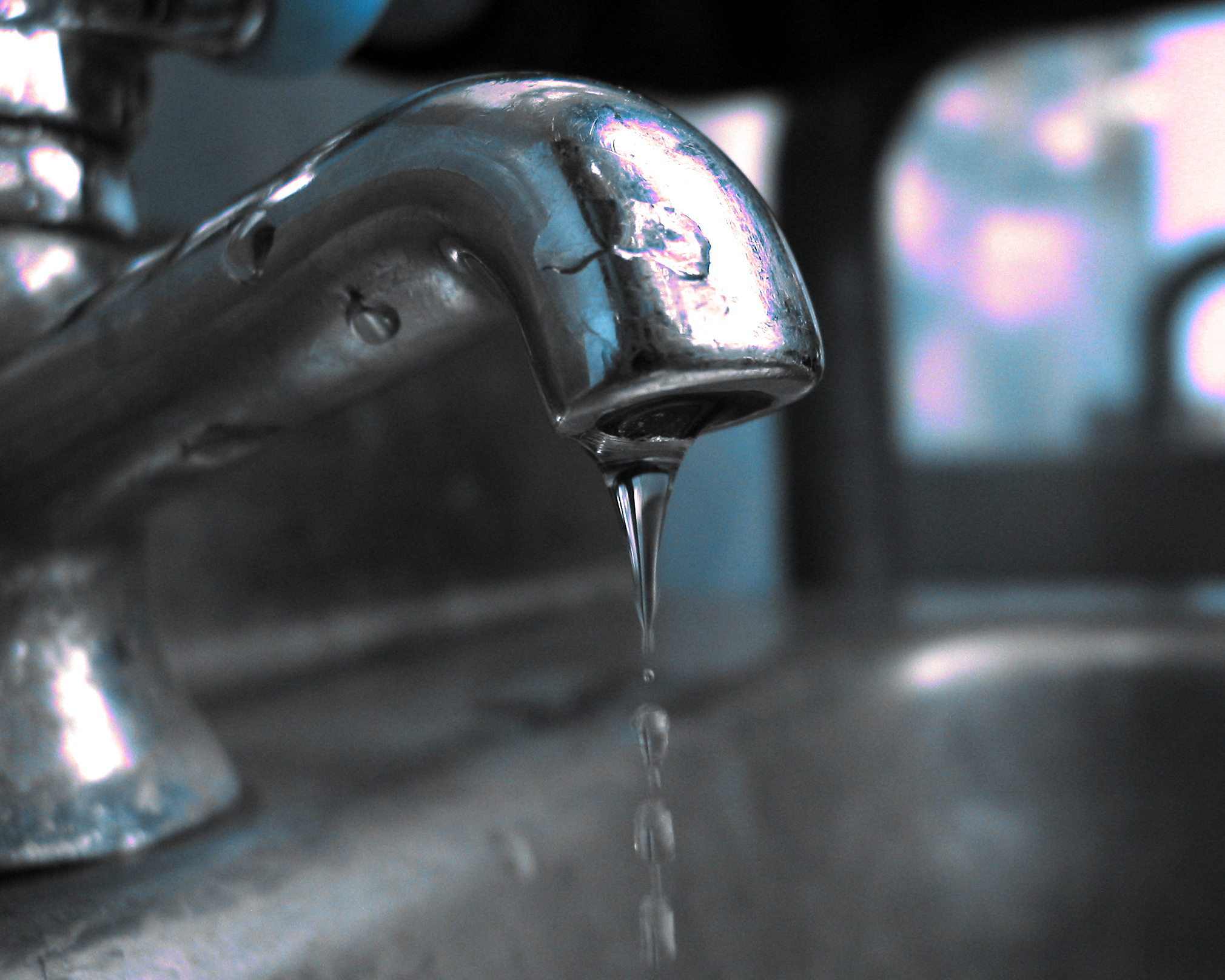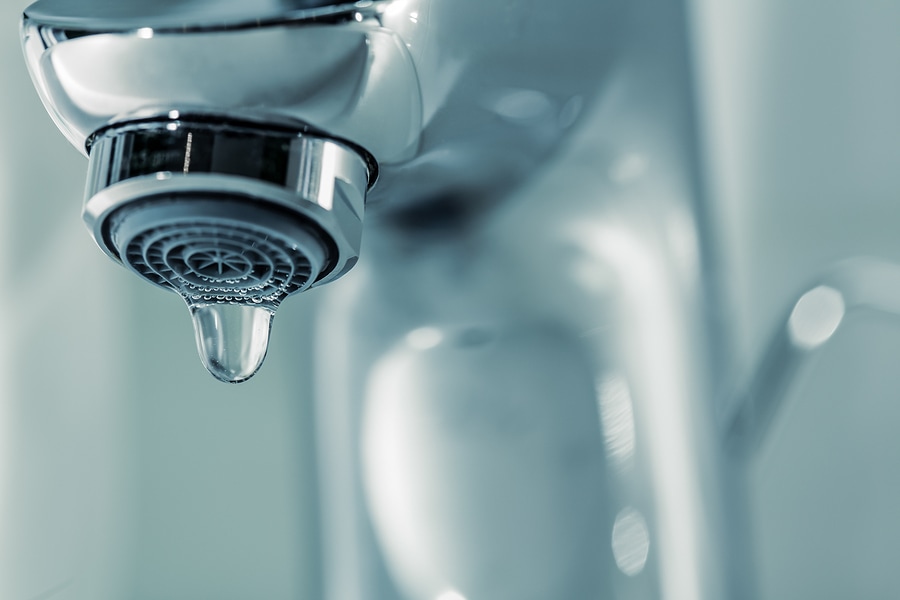Discovering the Relevance of Resolving a Faulty Faucet
Discovering the Relevance of Resolving a Faulty Faucet
Blog Article
Just about everyone maintains their own individual perception on the subject of Should I Repair or Replace a Leaky Faucet?.

Leaking taps could seem like a small trouble, yet their impact goes beyond just the annoyance of the sound. From drainage to sustaining unnecessary economic costs and health risks, neglecting a dripping tap can cause different consequences. In this post, we'll delve into why it's essential to resolve this common home problem quickly and efficiently.
Waste of Water
Environmental Influence
Dripping faucets add substantially to water wastage. According to the Environmental Protection Agency (EPA), a solitary faucet trickling at one drip per second can waste more than 3,000 gallons of water per year. This not only stress water resources but additionally influences communities and wildlife based on them.
Step-by-Step Guide to Fixing a Dripping Faucet
Tools Required
Before attempting to deal with a trickling faucet, gather the required devices, including an adjustable wrench, screwdrivers, substitute components (such as washing machines or cartridges), and plumber's tape.
Usual Faucet Issues and Their Solutions
Recognize the sort of faucet and the particular problem creating the drip. Common troubles include damaged washing machines, rusty shutoff seats, or defective O-rings. Describe maker guidelines or on the internet tutorials for detailed assistance on repair work.
Financial Prices
Increased Water Bills
Past the ecological impact, dripping faucets can blow up water costs considerably. The collected wastage in time converts right into higher energy costs, which could have been prevented with prompt repairs.
Potential Residential Property Damage
Furthermore, extended trickling can cause harm to fixtures and surface areas bordering the faucet. Water buildup can create discoloration, corrosion, and also architectural issues if left neglected, leading to extra fixing costs.
Health and wellness Concerns
Mold And Mildew and Mold Growth
The continuous visibility of wetness from a dripping faucet creates an optimal setting for mold and mildew growth. These fungi not just compromise indoor air high quality but also pose health and wellness risks, particularly for people with respiratory system conditions or allergic reactions.
Waterborne Conditions
Stationary water in leaking taps can become a breeding place for bacteria and other virus, increasing the danger of waterborne conditions. Impurities such as Legionella bacteria flourish in stagnant water, possibly resulting in severe illnesses when ingested or breathed in.
Do it yourself vs. Specialist Repair work
Advantages and disadvantages of DIY Fixing
While some may attempt to deal with a trickling tap themselves, DIY repair work include their very own collection of challenges. Without correct expertise and tools, DIY attempts can aggravate the concern or cause insufficient repairs, prolonging the trouble.
Benefits of Working With a Specialist Plumber
Working with an expert plumber makes certain that the underlying reason for the trickling tap is addressed effectively. Plumbing professionals have the experience and tools to diagnose and fix tap problems effectively, saving time and lessening the danger of additional damages.
Ecological Obligation
Specific Payment to Conservation
Taking duty for repairing trickling faucets lines up with more comprehensive efforts towards water preservation and ecological sustainability. Every individual's actions jointly make a significant influence on preserving priceless sources.
Sustainable Living Practices
By focusing on prompt repair work and embracing water-saving habits, people add to lasting living methods that profit both existing and future generations.
Preventive Measures
Regular Upkeep Tips
To prevent trickling faucets, carry out regular upkeep such as cleaning up aerators, examining for leakages, and replacing damaged components without delay. In addition, take into consideration setting up water-saving devices or updating to a lot more reliable fixtures.
Significance of Prompt Repairs
Resolving dripping taps as quickly as they're discovered protects against more water wastefulness and prospective damage, eventually conserving both water and money in the long run.
Impact on Residential Or Commercial Property Value
Understanding of Well-Maintained Building
Preserving a home in good condition, including attending to maintenance problems like leaking faucets, improves its viewed worth and desirability among possible buyers or tenants.
Influence on Resale Value
Residences with properly maintained plumbing fixtures, consisting of faucets, command greater resale worths in the real estate market. Addressing leaking taps can contribute to a positive impression throughout home examinations and settlements.
Verdict
Addressing a trickling faucet surpasses plain ease; it's a crucial step toward preserving water, lowering monetary costs, and protecting health and home. Whether via DIY repairs or specialist assistance, acting to repair trickling taps is a small yet impactful way to promote accountable stewardship of sources and contribute to a healthier, more sustainable future.
How to Fix a Leaky Faucet: Step-by-Step Repair Guide
A leaky faucet may seem like a simple annoyance, but if it's not fixed promptly, that leak could cost hundreds to potentially thousands. From water damage to mold, mildew, and high water bills, even a tiny leak can be catastrophic if left unattended. Damage like this can even affect the overall value of your home, so it's important to take the right approach for leaky faucet repair. You may need the help of a plumber in some cases, but we've got a few tips you can try on how to fix a leaky faucet before calling the pros.
Four Faucet Types
When you're learning how to fix a leaky faucet, the first step is knowing what kind of faucet you're working with! There are four common types.
Cartridge Faucets
Cartridge faucets come in one- or two-handled varieties. In one-handled cartridge faucets, hot and cold water combines in a single cartridge. In the two-handled versions, hot and cold water are controlled separately and mixed in the faucet.
Ball Faucets
Ball faucets have a single lever you push up and down to adjust the pressure and rotate to change the temperature. A slotted metal ball controls the amount of water allowed into the spout.
Compression Washer Faucets
They're the oldest type of faucet, but they're still used in many homes — especially older ones. Compression faucets have two separate handles that, when turned, raise or lower the washer that seals a water valve. This valve stops water from flowing through the faucet when it is turned off.
Disc Faucets
Disc faucets rarely need to be repaired due to their maintenance-free design. The water flow is controlled by two discs — the upper one raises and lowers against a fixed lower disc, creating a watertight seal. If your disc faucet starts leaking, you may need to replace the seals or clean residue buildup from the inlets.
Fixing a Leaky Faucet
Step 1: Turn Off the Water
Whether you're learning how to fix a leaky bathtub faucet or how to fix a leaky kitchen faucet, always turn off the water supply to your working area when you're fixing a leak. The last thing you want is a flood added to your list of things to fix.
Look for the shutoff valves below your sink or around the tub and turn them clockwise to stop the water flow. If your faucet doesn't have shutoff valves, you may need to turn off the water for the whole house. Check to make sure it's off by turning the faucet on. If nothing comes out, you're ready to start the repair.
Step 2: Take Apart the Faucet
How you disassemble your faucet depends on the type of fixture you have. You can use a flathead screwdriver to remove the caps on top of the handle or handles for cartridge and compression faucets. Inside, you should see handle screws. Unscrew these with a screwdriver to remove the handle.
Disc- and ball-style faucets will typically have an inlet screw near the handle, and removing that will reveal the interior of the faucet.
Detach the Valve Stem
For cartridge- and compression-style faucets, you'll see the inner valve stem or cartridge once you remove the faucet handles. If you have a compression faucet, unscrew the brass valve stem. If you have a cartridge faucet, pull out the cartridge. If your cartridge has been in place for a while, it may require some tools or extra force to remove it due to mineral deposits.
Examine and Replace Parts
Once you've removed the parts, check them out to confirm what needs to be replaced. You may see corroded rubber washers, O-rings, stems, or cartridges. On a ball-style faucet, check the seats and springs for damage.
If you need to repair a leaky disc faucet, check the inlet and seals on the lower disc.
Once you determine what parts must be replaced, visit your local hardware store. Bring the damaged parts with you to ensure you can purchase the correct components to replace them.
Clean Valves and Faucet Cavity
If you've removed a stem or cartridge, you may notice mineral buildup in the faucet's threads. Use white vinegar to clean the valve seat by soaking it for a few minutes, then scrub it away with a soft toothbrush and rinse with warm water. You can also clean the interior of the faucet in the same way.
Reassemble the Faucet
Once your faucet is cleaned and the required parts have been replaced, it's time to reassemble it. Put the pieces back together and slowly turn the water supply back on. Doing this slowly is crucial because too much initial water pressure can damage the new hardware you've just installed.
https://homewarranty.firstam.com/blog/how-to-fix-leaky-faucet

Do you appreciate reading up on Should I Repair or Replace a Leaky Faucet?? Try leaving a remark below. We will be happy to find out your reactions about this content. We hope that you visit us again soon. Sharing is good. One never knows, you might be helping someone out. Thank you so much for taking the time to read it.
Report this page